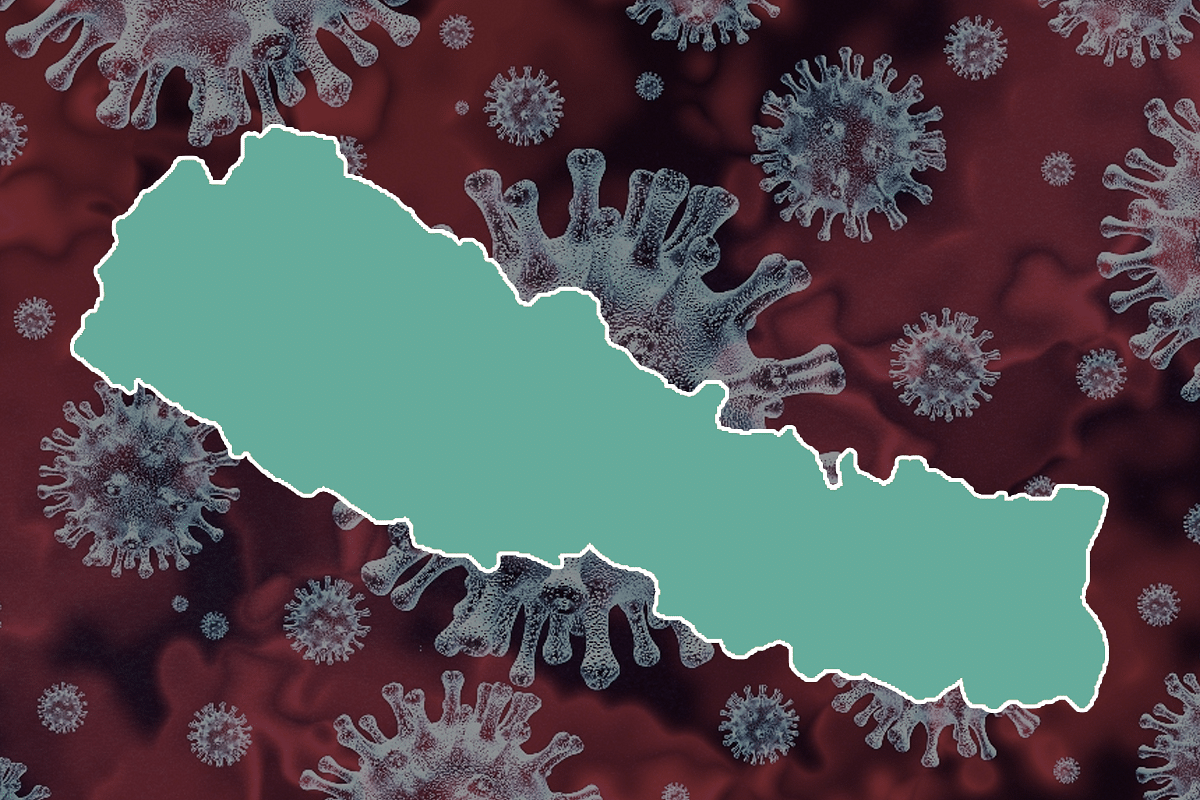News Brief
After A Few Missteps, Nepal Shuts Itself Off From The World To Curb Spread Of Covid-19
- Nepal has banned entry of all people from other countries, including Nepali expatriates, since Wednesday last.
- Non-essential services in the government and private sectors have been asked to shut down from Monday (23 March).

Map of Nepal
Nepal, which reported its second Covid-19 positive case on Monday, has closed its borders with India and China and suspended all international flights. The Himalayan nation has also gone into a lockdown mode and halted inter-district movement of people.
Nepal shut down its long borders with India and China from Monday (23 March), and all international flights had been barred from landing in the country since Sunday (22 March). It also barred all long-distance and inter-province movement of goods and passenger vehicles.
Nepal has banned entry of all people from other countries, including Nepali expatriates, since Wednesday last. Non-essential services in the government and private sectors have been asked to shut down from Monday (23 March).
A 19-year-old Nepali student who returned to Nepal from France via Qatar on 17 March has tested positive for Covid-19 virus. She is at the Sukraraj Tropical and Infectious Diseases Hospital in Teku, the nodal hospital for treatment of the pandemic.
Nepal health minister Bhanu Bhakta Dhakal said health workers have been deployed to trace all people the student had come in contact with.
Nepal is finally getting its act together after a series of blunders that started with its handling of its first coronavirus infected patient in January this year. A Nepali student of Wuhan University who returned home on 5 January developed mild symptoms of the viral infection on 13 January.
He was discharged after being treated for a common cold on 17 January with instructions to observe self-quarantine. Preliminary tests on him turned out to be negative.
“We did not have the reagents required for conducting the tests, though we have the laboratories and the know-how for conducting them,” said a senior health department officer from Kathmandu.
The swab samples from the young man were sent to Hong Kong on 21 January and the results came back positive on 24 January. But by that time, the patient had disappeared. Luckily, he could be traced and the second set of nasal and throat swab samples were collected from him for more tests on 29 January. Those tests came out negative.
The patient has fully recovered and though it was widely feared that he may have passed on the virulent virus to others, no contact-tracing exercise was carried out. However, when no fresh cases were reported even after a fortnight, Nepal heaved a sigh of relief.
Nepal started thermal scanning of all passengers landing on international flights at Kathmandu. But just eight health workers who did not even have infrared thermal screening scanners were deployed in two shifts at the airport, reducing the scanning to a perfunctory affair.
On 25 January, soon after the first Coronavirus positive case was confirmed, the Health Ministry said two more patients at the Teku Hospital who showed symptoms of Coronavirus infection were kept in isolation.
But the hospital discharged them on 27 January without even waiting for the test results. Luckily, the two tested negative for the virus.
On 13 February, a Saudi Arabian national visiting Nepal who developed symptoms of the viral infection was shifted to an isolation ward and his swab samples sent for tests. However, he fled and could not be traced since then.
Nepal suspended ‘visa on arrival’ facility for people from all countries on 12 March and suspended all climbing and trekking expeditions, including the ones to Mount Everest, till 30 April.
On 14 March, the BP Koirala Institute of Health Sciences in Dharan reported that a suspected patient had refused to remain in hospital and returned home. He had promised to return the following day for testing, but never did.
Nepal’s federal government and health authorities have faced harsh criticism from within the country for not carrying out enough tests. So far, Nepal has tested only an estimated 222 people, including 175 Nepali students who were evacuated from Hubei (China) in mid-February.
The health staff have been accused of treating even those displaying symptoms of infection in a very casual manner and not collecting their nasal and throat swabs for testing. That is why, say many, Nepal may have many undetected Covid-19 positive cases.
Nepal’s ability to carry out contact-tracing after a person displays symptoms of infection is severely limited. The country lacks testing kits, laboratories and protective gear for its frontline healthcare staff.
Nepal has only very recently requested both India and China for huge quantities of medical equipment and protective gear for healthcare personnel. Nepal industry minister Lekhraj Bhatta announced that his country would follow the ‘Chinese model’ to combat the spread of the Coronavirus by commandeering the resources and services of its police and army to treat infected patients.
Nepal has set up a 500 million Nepali Rupee (INR 31.72 crore) to combat the pandemic.
Support Swarajya's 50 Ground Reports Project & Sponsor A Story
Every general election Swarajya does a 50 ground reports project.
Aimed only at serious readers and those who appreciate the nuances of political undercurrents, the project provides a sense of India's electoral landscape. As you know, these reports are produced after considerable investment of travel, time and effort on the ground.
This time too we've kicked off the project in style and have covered over 30 constituencies already. If you're someone who appreciates such work and have enjoyed our coverage please consider sponsoring a ground report for just Rs 2999 to Rs 19,999 - it goes a long way in helping us produce more quality reportage.
You can also back this project by becoming a subscriber for as little as Rs 999 - so do click on this links and choose a plan that suits you and back us.
Click below to contribute.
Latest